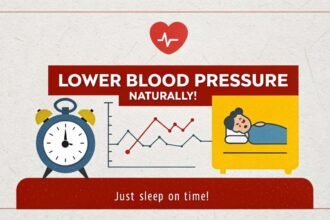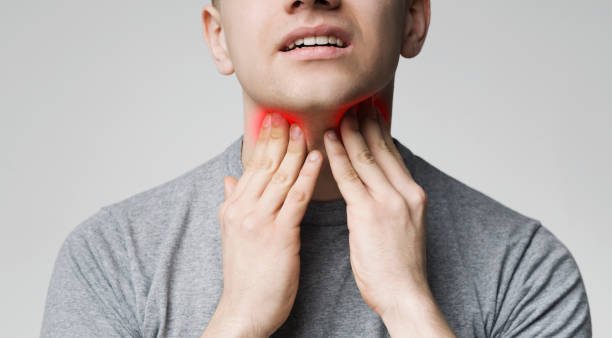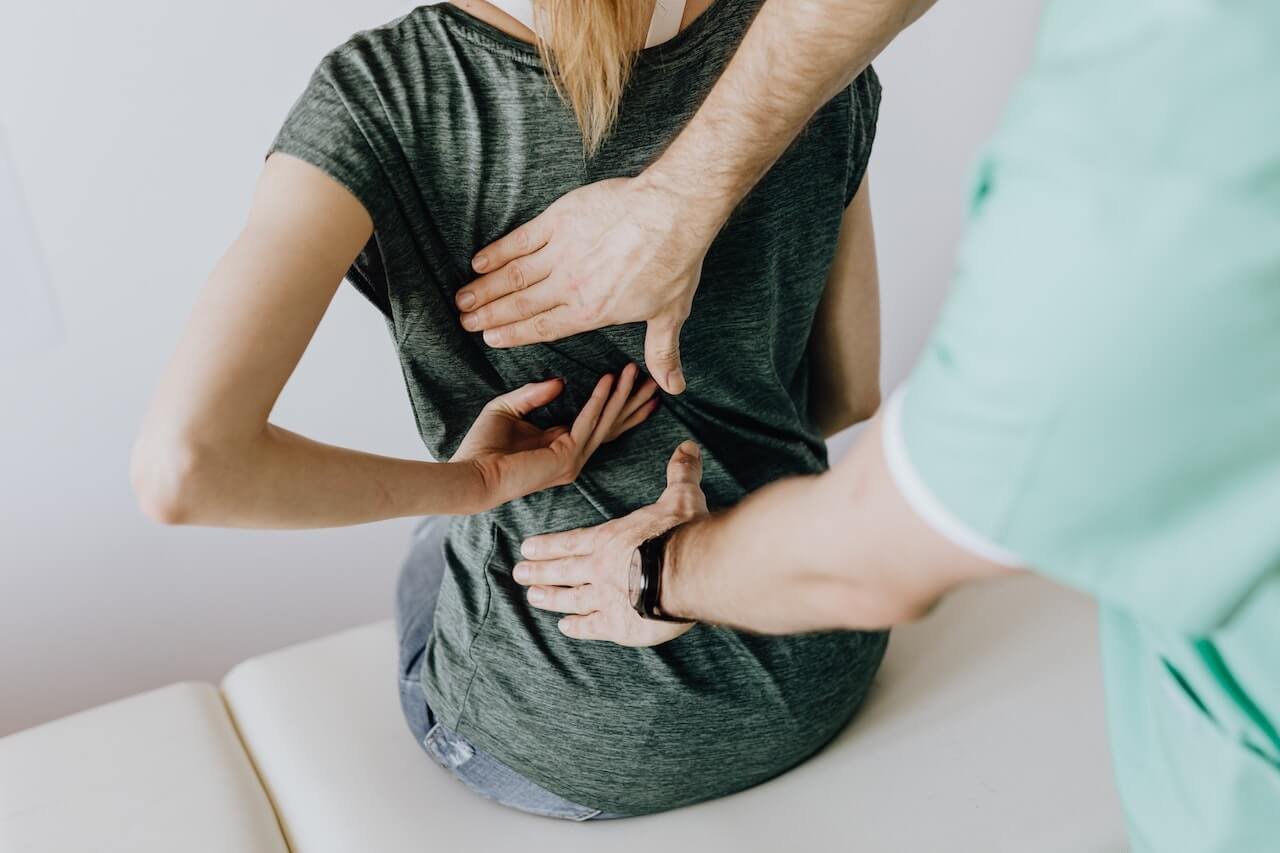Discomfort that manifests itself in the lower right quadrant of the abdomen is referred to as lower right abdominal pain. The right side of the hip bone, the right lower quadrant of the abdomen, and the right side of the pelvis are all included in this region. The pain may be mild, moderate, or severe, and its duration may be either acute (for a brief period of time) or chronic (ongoing) (long-term).
The discomfort may have been brought on by a number of different things, such as an injury, an infection, or a persistent condition like inflammatory bowel disease.
What Causes Lower Right Abdominal Pain?
Pain in the lower right quadrant of the abdomen can originate from a wide range of illnesses, ranging from harmless to life-threatening ones. The following are some of the most often occurring causes:
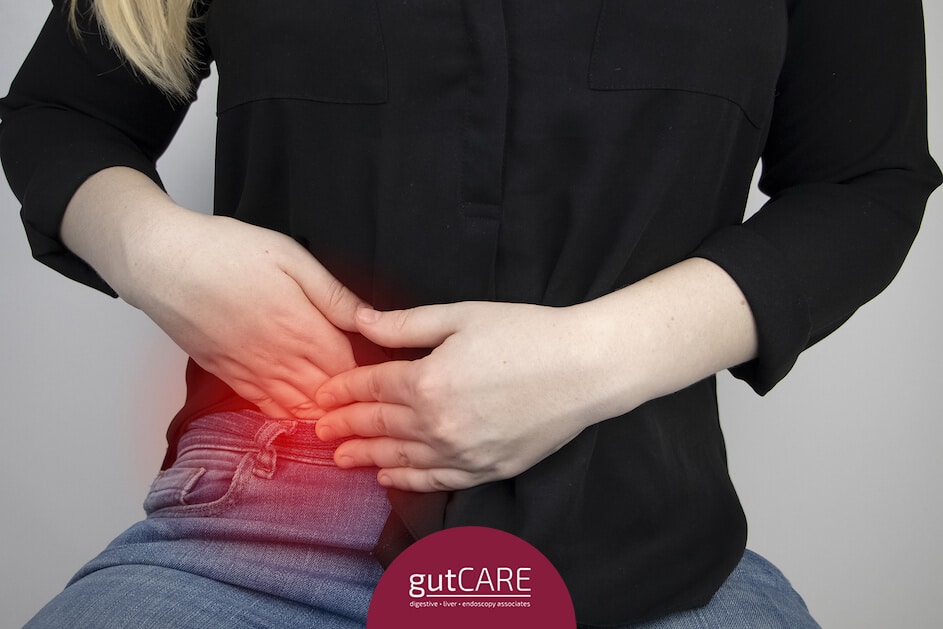
Appendicitis
Appendicitis, which is an inflammation of the appendix, is the condition that most frequently causes pain in the lower right quadrant of the abdomen. The patient may also have fever, nausea, vomiting, loss of appetite, and discomfort that is particularly acute in the lower right abdomen.
Gastrointestinal issues
Pain in the lower right abdomen region may also be caused by disorders related to the digestive tract, such as constipation, gas, or inflammatory bowel disease (IBD). It’s possible that you’ll have cramping, bloating, and diarrhoea as symptoms.
Kidney stones
Pain in the lower right quadrant of the abdomen, as well as pain in the back and the side, can be an indication of kidney stones. Nausea and vomiting are other common symptoms, as is the presence of blood in the urine.
Ovarian cysts
Bloating and discomfort during intimate activity may also be symptoms of ovarian cysts. Ovarian cysts can cause a dull or acute pain in the lower right abdomen.
Ectopic pregnancy
An ectopic pregnancy is characterized by the implantation of a fertilized egg in a location other than the uterus, and it can be associated with severe discomfort in the lower right abdomen as well as bleeding that occurs in the uterus. This is a critical condition that needs to be attended to by a medical professional right away.
Hernias
Hernias are a common source of pain and suffering, and they can be brought on by a wide range of conditions and circumstances, such as being overweight, lifting heavy objects, or having undergone surgery in the past.
Musculoskeletal issues
Pain in the lower right quadrant of the abdomen may also be brought on by issues affecting the muscles or joints, such as a strain or sprain.
It is essential to keep in mind that less serious illnesses, such as gas or indigestion, are also capable of causing pain in the lower right quadrant of the abdomen. However, it is imperative that you get medical assistance as soon as possible if the pain is severe or if it is accompanied by other symptoms such as a high temperature or vomiting in order to rule out a more serious disease. A medical professional can diagnose the source of the pain and make recommendations for the most effective treatment after doing a physical examination, imaging exams, and possibly even laboratory tests.
How is Lower Right Abdominal Pain Diagnosed?
Pain located in the lower right quadrant of the abdomen can be diagnosed using a variety of approaches, such as a physical examination, a review of the patient’s medical history, and diagnostic tests. In the course of the physical examination, the abdomen may be palpated in order to detect the presence of any lumps or painful spots. The patient’s medical history may shed light on any previous operations, diseases, or drugs that may have played a role in the development of the pain.
Blood tests, urine tests, imaging investigations (such as an ultrasound, CT scan, or MRI), and in some instances, a laparoscopy or colonoscopy, are all examples of diagnostic procedures that may be performed. The particular tests that are carried out will be determined by each unique instance as well as the factors that are thought to be the source of the pain. In the event that the initial evaluation does not reveal the reason for the discomfort, it is possible that you may need to be referred to a specialist.
How You Can Relieve Lower Right Abdominal Pain?
Injuries, infections, and long-term diseases like inflammatory bowel disease are only few of the sources of lower right abdomen pain. Discovering the root cause of your lower right abdomen pain is the first step in finding a solution.

For pain that has an injury as its root, like a sprain or strain, the combination of rest and over-the-counter pain medicine often does the trick. To alleviate swelling, a cold compress or ice pack can be applied to the area.
Antibiotics may be administered to treat the underlying infection if it is determined that appendicitis or a urinary tract infection is to blame for the pain. It is also recommended to drink enough of fluids, such as water, to assist flush out bacteria and lower the chance of infection.
If the pain is the result of a long-term health problem, such inflammatory bowel disease, then it may take a mix of treatment methods, including medication, dietary adjustments, and behavioural modifications, to bring about a meaningful improvement.
Lower right abdomen discomfort can be a symptom of appendicitis, ectopic pregnancy, diverticulitis, a hernia, or an ovarian cyst, therefore it’s crucial to see a doctor for an accurate diagnosis and treatment.
Meanwhile, you might attempt the following measures to alleviate pain in your lower right abdomen:
- Apply a heating pad or hot water bottle to the affected region.
- If you’re experiencing discomfort, you can try over-the-counter medications like ibuprofen or acetaminophen.
- Yoga and meditation are great ways to learn how to calm your mind and body through deep breathing and focus on the present moment.
- Symptoms can be alleviated by avoiding foods like spicy foods and those heavy in fat.
- Don’t do anything that could make the discomfort worse, such lifting large objects or exercising too intensely.
If the pain is severe or ongoing, or if there are additional symptoms present like fever, vomiting, or blood in the stools, medical attention is warranted. These signs may point to a more significant medical issue that needs to be checked out.
When Should You See a Doctor for Lower Right Abdominal Pain?
You need to get checked out by a medical professional if any of the following symptoms accompany your discomfort in the lower right quadrant of your abdomen:
- Extreme discomfort that can’t be treated with over-the-counter drugs
- Ache accompanied by sickness (vomiting, diarrhoea, or high temperature)
- Discolored faeces or pee
- A feeling of nausea or vomiting
- The inability to eat
- A brisk pulse or rate of respiration
- lightheadedness, dizziness, etc.
- Abdominal bloating and pain
- Mass or growth in the belly
- Loss of weight for no apparent reason.
- Difficulty defecating or passing gas
- signs of weariness or weakness that cannot be attributed to a specific cause
These signs may point to a more significant medical issue that needs to be checked out. Also, if the pain persists and you can’t pin it down, it’s smart to see a doctor so you can be sure nothing serious is going on.
You should see a doctor if you have lower right abdomen discomfort since it could be a sign of anything more serious like appendicitis, ectopic pregnancy, diverticulitis, a hernia, or an ovarian cyst.
What are the Treatment Options for Lower Right Abdominal Pain?
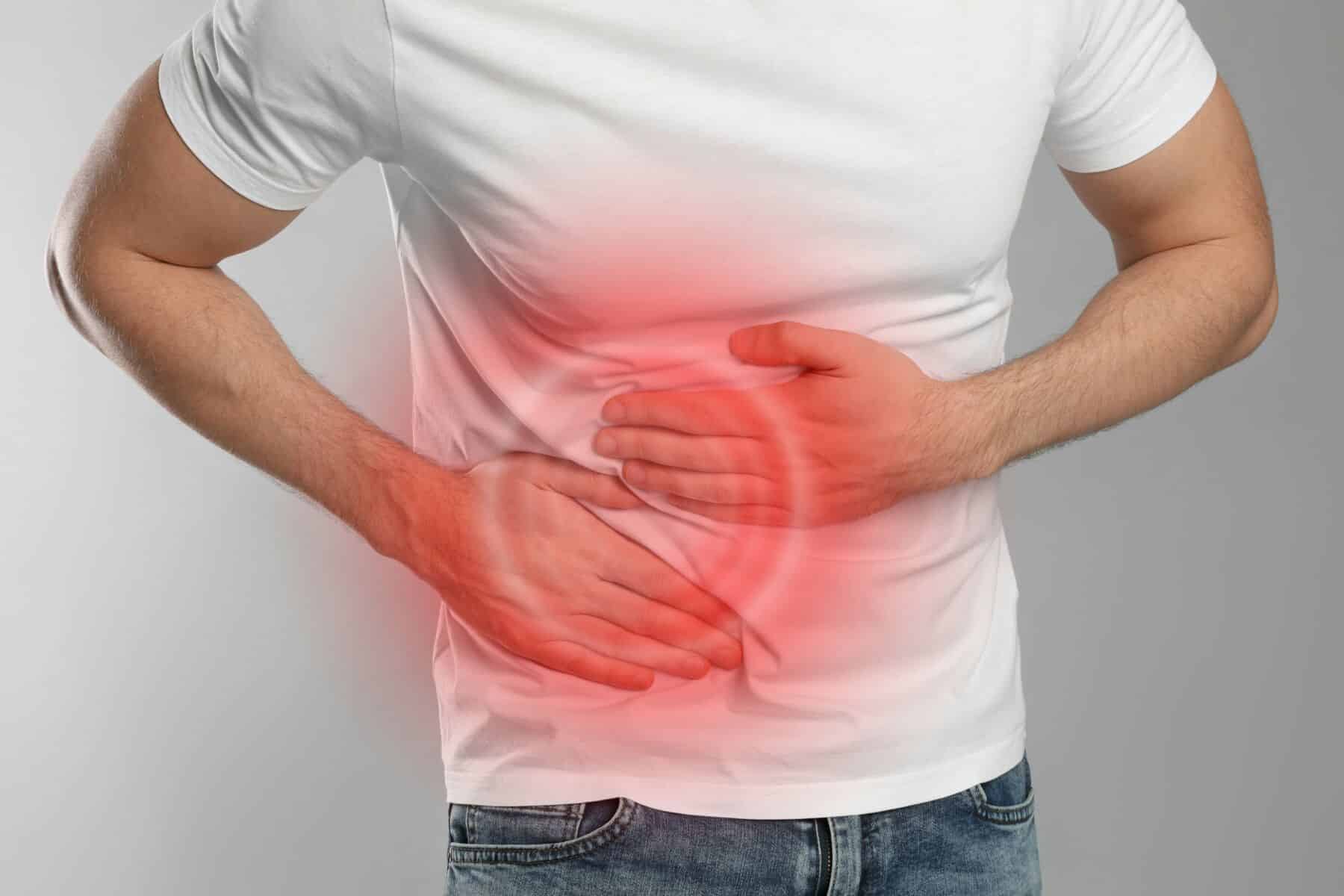
The underlying cause of lower right abdominal pain will determine the treatment choices that are available to alleviate the pain in this area of the abdomen. The following are some typical choices for medical treatment:
Medication
Pain relievers that are available without a prescription, such as ibuprofen or acetaminophen, can be helpful in reducing mild to moderate levels of discomfort. Antibiotics may be prescribed to treat the infection if it is determined that an infection is the source of the pain. Medication may be prescribed to treat the underlying condition if it is determined that the pain is the result of a long-term illness, such as inflammatory bowel disease.
Diet and lifestyle changes
A diet that is low in foods known to trigger inflammation and high in fibre may be recommended in the event that an ongoing ailment, such as inflammatory bowel disease, is the root cause of the pain. It is possible to lower the risk of infection and assist flush out bacteria by drinking a lot of fluids, including water and other fluids.
Surgery
Surgery may be required to remove the damaged organ or tissue if the pain is the result of a dangerous ailment such as appendicitis, a hernia, or an ovarian cyst.
Physical therapy
In order to alleviate the discomfort caused by an injury or strain, your doctor may recommend physical therapy. Exercises that target the abdominal muscles can help to increase flexibility and range of motion as part of a patient’s treatment plan during physical therapy.
Alternative therapies
Yoga, acupuncture, and massage are just some of the complementary and alternative medicine practices that have been shown to be effective in alleviating pain and fostering relaxation.
Lower right abdomen discomfort should be evaluated by a medical professional to ensure a correct diagnosis and effective treatment. Your primary care physician will be able to make a treatment plan recommendation for you after determining the root cause of your discomfort.
Home Remedies for Lower Right Abdominal Pain?
There are, in fact, a number of home treatments that could perhaps assist ease the discomfort in the lower right abdomen region:
- Heat therapy: When applied to the affected area, a heating pad or hot water bottle can assist to relax the muscles and minimize the amount of pain experienced.
- Cold therapy: When applied to the affected area, a cold pack or ice can assist to reduce inflammation, numb the area, and provide pain relief.
- Rest: Reducing pain and speeding up the healing process can be accomplished by getting plenty of rest and avoiding activities that could make it worse, such as moving heavy objects or engaging in rigorous exercise.
- Over-the-counter pain medication: Pain relievers that are available without a prescription, such as ibuprofen or acetaminophen, can be helpful in reducing mild to moderate levels of discomfort.
- Relaxation techniques: It is possible to alleviate pain by lowering levels of tension and promoting relaxation through the practice of deep breathing and other relaxation techniques, such as those found in yoga or meditation.
- Hydration: It is possible to lower the risk of infection and assist flush out bacteria by maintaining a healthy level of hydration by drinking enough of water and other fluids.


